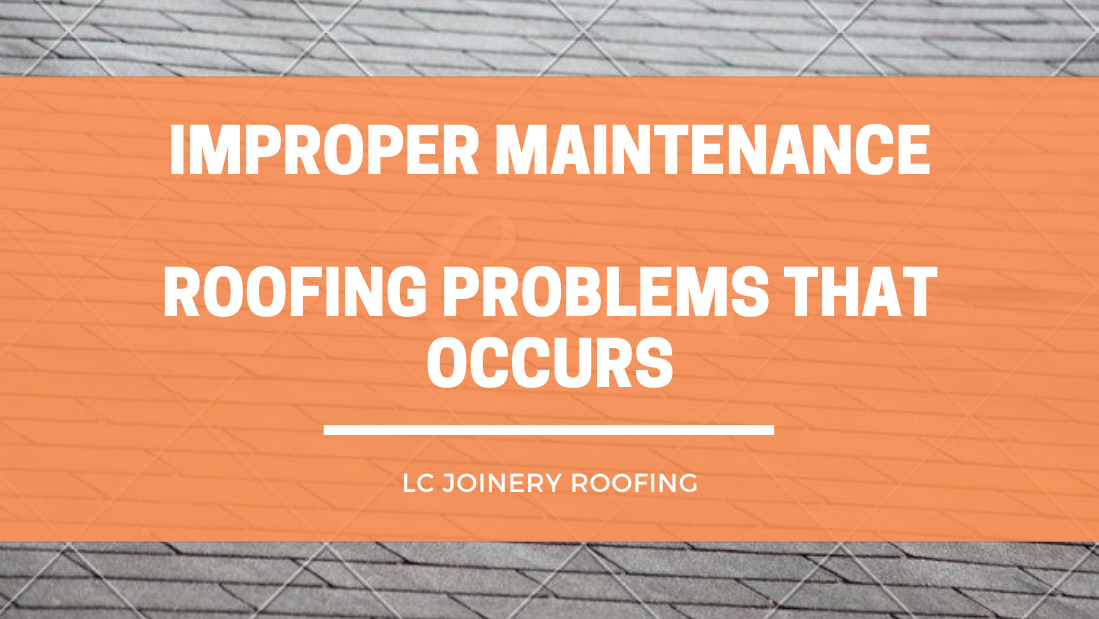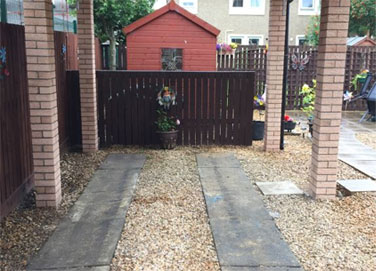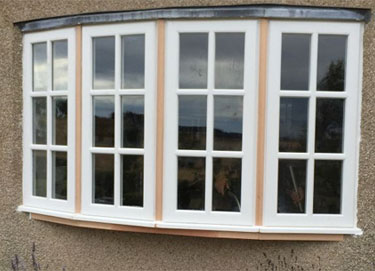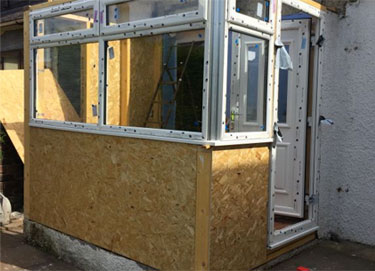Improper maintenance is the biggest roofing problem that we come across all the time with properties.
Roof maintenance is one of the most underrated maintenance activities.
We often take the protection that a roof provides for granted until we notice a leak or a crack on the walls.
Thankfully, you can prevent these from getting out of hand by simply performing a few checks.
Related content:
10 Most Common Roofing Problems
What Are The Most Common Causes Of Rook Leaks
What Is A Roof Made Of?
First, it’s important to understand what are the elements you’ll need to look out for.
These are the parts that make up the roof:
- Flashing made of a metal sheet made from aluminium or steel, placed over joints (chimneys, vents, skylights, windows) to prevent water leakage
- Shingles are commonly made of asphalt and cover nearly the entirety of the roof
- Underlayment is the layer between the decking and shingles that provides an additional barrier against rain and wind
- Gutters collect water and drain it to a safe distance away
- Downpipe a pipe for draining water from gutters
- Fascias are made of a vinyl or wood horizontal boards, and are attached to the edge of the roof to prevent water and wind from damaging the interior of the building
- Vents allow warm humid air to escape from the interior
Inspect Your Roof Regularly
Related content:
Thoroughly inspect your roof several times a year to notice small problems that could potentially turn into big ones.
Related content:
Ensure you have all the paperwork you need, including the contact details of the companies that built the roof, previous inspectors and contractors.
Take some notes and have a roof plan available if you notice broken parts.
- Start from the inside, water or dark stains on ceiling, mould or odours.
- Check internal and external walls for any cracks, as these could be caused by pipes and conduit.
- Check for water pooling, since this can weaken the roof deck and lead to leaks.
- Inspect the roof for moss, as moss holds a lot of water and can weaken the roof deck.
- Notice missing or broken flashing, shingles and fascias.
- Check gutters and downspouts as moss, leaves and debris could block them.
Related content:
Safety
Safety is paramount while performing these maintenance tasks.
Carefully plan the tasks and always stay mindful of your surroundings throughout.
Hire a professional if you are not confident enough to carry out roof maintenance and work at height.
- Perform maintenance on a clear dry day, for maximum visibility and to reduce the risks of slipping and tripping.
- Always have someone hold ladders and climbing equipment rather than venture up alone.
- Roof safety harnesses secure workers to the roof and can as a result help prevent falls from larger buildings and steeper roofs.
- Ensure you have the adequate safety measures in place, depending on whether it’s a sloping or flat roof, for example have safety nets or scaffolds. Section off safe and unsafe areas for more fragile roofs.
Roof Maintenance Tips
After inspecting the roof, it’s time to clean and repair faults.
Perform these maintenance tasks yourself if you are confident and comfortable enough or hire a professional if you are unsure of what to do.
- Remove branches, leaves and debris from the roof surface. Use either a rake or a brush and scrub dirt and grime from visible and reachable areas.
- Spray roof moss remover on top of moss build-ups, follow instructions and then brush away moss.
- Use work gloves and small scoop to remove any debris and rotten leaves stuck in the gutters.
- For inaccessible debris inside the gutter, use a garden hose at normal pressure and flush the debris out.
- If the building has a chimney, close off the fireplace, clean the chimney interior with a brush and clean the vents.
Prevention is key
Replacing a roof is expensive, protect your investment by maintaining your roof regularly and carrying out preventive checks.
- Invest in gutter screens or covers to reduce the amount of debris that gets collected.
- Faulty roofs don’t always cause mould. Make sure there is adequate ventilation inside the building.
- Invest in zinc strips to keep moss from coming back, as runoff from strips inhibits the growth of moss. Make sure you don’t use this if you live near a stream or sea where the runoff can harm marine life.
- Trim branches that could damage your roof with violent winds or with the build-up of fallen leaves.
- Do quick checks after storms for damaged shingles and flashing.
Related content:
Make it part of your routine to check your roof and take action to repair damaged parts as soon as you notice them.
By taking good care of your roof regularly, you can ensure that its protection lasts longer.
Get in touch with us today!






